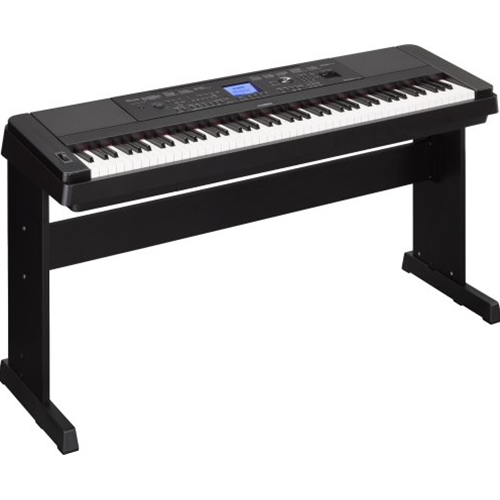
Late 4th century AD "Mosaic of the Female Musicians" from a Byzantine villa in Maryamin, Syria.

Keyboard instruments include idiophones such as the celesta, wind instruments such as the organ, string instruments such as the harpsichord and piano, and electronic instruments such as synthesizers. The term keyboard classifies instruments based on how the performer plays the instrument, and not on how the sound is produced. Hence, in a phrase such as "Mozart excelled as a keyboard player," the word keyboard is typically all-inclusive. Particularly in the 18th century, the harpsichord, the clavichord, and the early piano competed, and the same piece might be played on more than one. Īnother important use of the word keyboard is in historical musicology, where it means an instrument whose identity cannot be firmly established. Under the fingers of a sensitive performer, the keyboard may also be used to control dynamics, phrasing, shading, articulation, and other elements of expression-depending on the design and inherent capabilities of the instrument.

Today, the term keyboard often refers to keyboard-style synthesizers. Other keyboard instruments include celestas, which are struck idiophones operated by a keyboard, and carillons, which are usually housed in bell towers or belfries of churches or municipal buildings. The most common of these are the piano, organ, and various electronic keyboards, including synthesizers and digital pianos. A keyboard instrument is a musical instrument played using a keyboard, a row of levers which are pressed by the fingers.


 0 kommentar(er)
0 kommentar(er)
